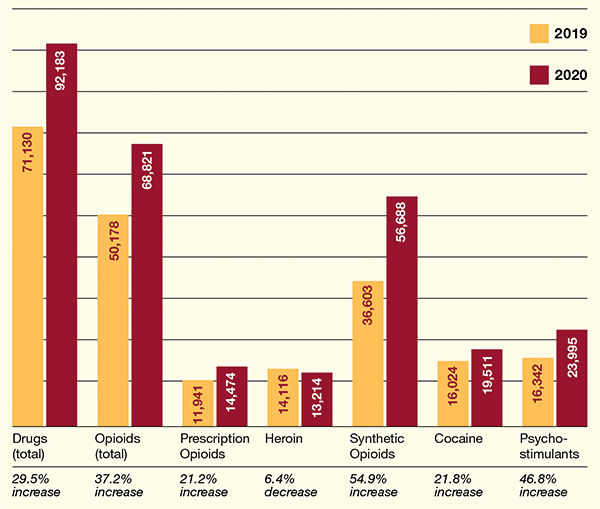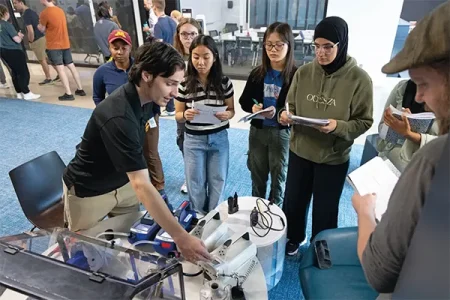
Finding viruses in the air
The ability to detect infectious airborne viruses and coronaviruses can reveal how far virus-containing particles may travel and how deeply they enter the human or animal respiratory tract, and the most effective ways to limit being exposed to them. To help us understand the importance of droplet and airborne transmission of viruses during future outbreaks and pandemics, Professor Peter Raynor found that a two air-sampler approach may be necessary: a high-flow sampler to detect the virus and a lower-flow sampler to measure concentrations.
Ending bias-based bullying
Professor and Associate Dean for Research Marizen Ramirezis investigating bias-based bullying — repeat targeting based on sexual orientation, weight, religion, race, ethnicity, or other aspects of a student’s identity — in Minnesota middle and high schools. The ongoing study found that 41% of Minnesota high school students reported being harassed about their identity or personal characteristics.
How to protect Black youth from racism’s impact
Black youth in the U.S. grow up in a society with a long, pervasive, and on-going history of interpersonal and institutional racism that produces stress. Graduate Jessie Austin (MPH ’19) and Associate Professor Sonya Brady found that Black youth who feel more connected to their racial-ethnic identity and community have greater emotional well-being – even when experiencing racism.

Generic drug advantage for breast cancer patients
The high prices of brand-name cancer drugs can be a barrier to treatment. Recent graduate Xuanzi Qin (PhD ’20) conducted a study that found that women with breast cancer were more likely to begin treatment sooner and with more
effective aromatase inhibitors once generic versions of the drugs were available.
Healthy online grocery shopping
Due to its ease, convenience, and safety, online grocery shopping has become popular during the pandemic, and may continue to be so. Studying how it could help Americans wanting to eat healthy for weight loss, Professor Lisa Harnack found customers would like shopping preferences that focus on nutritious foods; healthy meal planning tools; and a way to rate the nutrition quality of shopping cart items. The study is attracting attention from the grocery industry.

Drug overdose deaths surged in 2020
Drug overdose deaths grew by almost 30% in 2020 and research from Colin Planalp at the SPH State Health Access Data Assistance Center found that much of the growth was driven by synthetic opioids, such as fentanyl. Deaths from these opioids increased more than 50% from 2019 to 2020, but why? Possibilities include more people using controlled substances during the pandemic; a steady number of people using a larger amount (with more being trafficked); and illicit substances being more potent or tainted. Or perhaps it is simply that the circumstances people faced during the pandemic — being alone and at home — increased their risk of death from overdose.

Skin tone, age, and preterm birth rates
In 2019, 1-in-7 infants born to Black women in the U.S. were preterm – a rate that is 50% higher than for non-Hispanic white and other women of color. Assistant Professor Jaime Slaughter-Acey found that Black women with medium to dark brown skin tones were more likely to experience a preterm birth with increasing maternal age as compared to women with light brown complexions with increasing maternal age. The reasons for this difference remain unknown.


